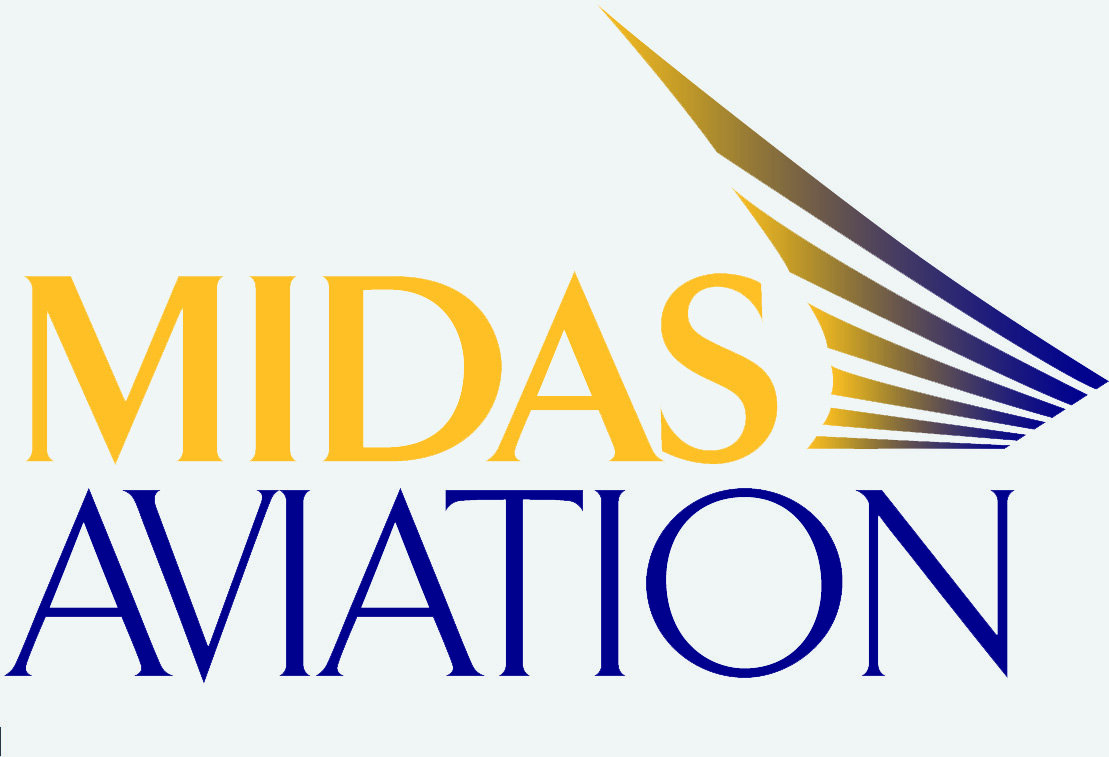2022: A Dress Rehearsal in South East Asia for the Return of Chinese Travel
Late at night on 26 December 2022, China rewrote the travel and tourism script for South East Asia for the New Year. After a disjointed 2022, during which its travel economies began recovering from long pandemic border closures without their largest market, 2023 promised new horizons. The outsized missing piece of the regional puzzle would be back in place.
The initial euphoria about China’s reopening soon turned to consternation. Treading an entirely different path to other Asia Pacific countries, China restored travel amid a national surge of Covid-19 infections. The date for removing border restrictions, 8 January, was also domestically – rather than internationally – targeted. It marked the start of the 40-day travel period for Chinese New Year. Boosting domestic travel spending during Spring Festival and welcoming overseas Chinese to celebrate were prioritised. Outbound tourism could wait.
The 26 December announcement sent South East Asia into a tailspin. It was the news the region had awaited almost three years. In 2019, the 10 countries of the Association of South East Asian Nations (ASEAN)* received 32.3 million Chinese arrivals – or 22.5% of all visitors. The region hoped that Chinese New Year, which is traditionally a strong travel period, would provide 2023 with the annual tourism kickstart missing since 2019.
Frequent Reforecasting in Thailand
Thailand, which is South East Asia’s most-visited country, is a good example. In 2019, it greeted 10.99 million arrivals from China, or 27.5% of all visitors. But spending power is the vital metric. In 2019, Chinese visitors spent THB 531 billion, over five times more than second-ranked Malaysia. The Chinese outspent visitors from Europe and the US combined.
Since Thailand began reopening its borders in phases from 1 July 2021, it has coveted the return of Chinese tourists. And so, it began issuing hopeful forecasts. In June 2022, The Tourism Authority of Thailand estimated the country “could welcome” 500,000 Chinese in the full year. China’s border stayed closed. In September, Thailand’s Tourism Minister predicted 1.5 million Chinese could visit in December if China’s borders reopened in time. They did not. In 2022, Thailand welcomed just over 10 million visitors – one-quarter of its 2019 total.
On the final day of last year, Thailand officially predicted 5 million Chinese arrivals in 2023. Fast forward to 8 January. As China reopened for travel, Thailand’s state planning division forecast 300,000 Chinese arrivals in the first quarter. Two days later, it admitted that China’s reopening “was faster than expected” and reconvened its number crunchers. A new 2023 forecast will be issued in February.
Anticipating 2023 Demand
Thailand’s struggle to forecast for 2023 is shared across South East Asia. All 10 nations are trying to anticipate the level of demand from the region’s powerhouse travel market. This will enable them to plan airport capacity, staffing and resourcing and support travel industry players as they seek re-growth after a long pandemic stasis.
Until China publishes new international flight schedules, this process is almost impossible. There is no 2022 data on which to base operational planning, and 2019 data is from a distant era. So much has changed within China, across South East Asia and worldwide ever since.
It’s worth recapping why the return of China is causing such panic. South East Asia is gradually recovering from the pandemic, and at variable speeds. Most of 2020 and 2021 were washouts as borders remained locked and international air traffic slumped.
The recovery began in 2022, but the year was characterised by a piecemeal dress rehearsal. Until China reopened its airport gates, the show could not restart with a full cast.
A Year of Rehearsal
Cast your minds back 12 months. January 2022 began with much of South East Asia still closed. Thailand and Singapore had begun phased reopenings in the fourth quarter of 2021, but suspended new visa applications in the first quarter of 2022 as the Omicron variant reignited governmental concern. The outlier was Cambodia. It fully reopened in late 2021, and proudly proclaimed itself to be “the most open country in ASEAN”.
Consequently, it was not until the start of the second quarter of 2022 that South East Asia fully reopened. And, having done so, Thailand did not drop all its Covid-recovery entry requirements until 1 July. But vital markets for two-way travel in North East Asia, such as Japan, Taiwan and Hong Kong, did not reopen until the fourth quarter. China conspicuously remained the elephant not in the airport lounge.
The official figures are not yet published, but it seems South East Asia received around 40 million visitors in 2022. This pales from 143.5 million in 2019, which remains the benchmark.
And so to 2023. The travel industry is awash with forecasts and megatrends to shape the year ahead. For South East Asia, where annual visitor arrivals are the golden governmental currency, making predictions is highly challenging.
If you don’t believe me, just ask Thailand!
- Gary Bowerman
Gary Bowerman is Director of Check-in Asia, an Asia-focused travel consulting & consumer research firm. He is an Asia Travel Analyst for Phocuswright and Asia Consumer Trends Analyst for Mintel. His new co-authored book, The 2023 China Outbound Tourism Handbook: 88 Practical Ways to Prepare for the New Wave of Chinese Visitors, is published in 22 January 2023. See more details here: https://payhip.com/b/QuVRO
---
* The 10 ASEAN nations are Brunei Darussalam, Cambodia, Indonesia, Laos, Malaysia, Myanmar, Philippines, Singapore, Thailand and Vietnam.

